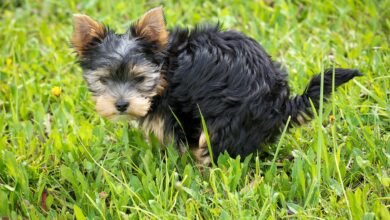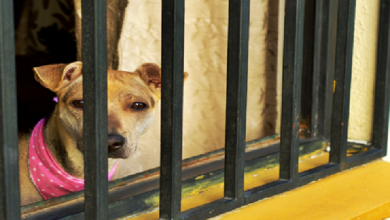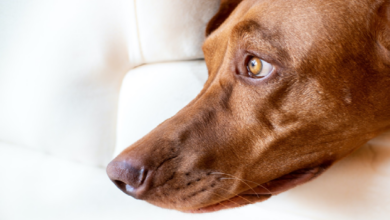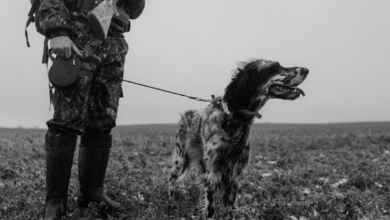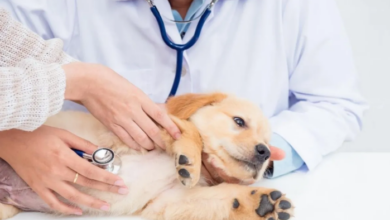How do I train my dog correctly?

Adopting a dog into the family is a guarantee of sharing great joys. But sometimes the relationship deteriorates and certain unwanted behaviors upset the owner.
ANIMALS – Adopting a dog into the family is a guarantee of great joy. But sometimes the relationship deteriorates and certain unwanted behaviors upset the owner.
The theory
Dog training is based on “operant conditioning”: the dog gradually establishes the connection between an action and its consequences. It is possible to increase the probability that the behavior will be repeated – this is called reinforcement – or, on the contrary, to decrease this probability – this is punishment – by adding a stimulus (positive) or removing it (negative). . There are therefore two types of reinforcement (positive and negative) and two types of punishment
Practice!
When the puppy receives a treat when he sits oncommand, the owner uses positive reinforcement: he adds a (positive) pleasant stimulus to increase the likelihood (reinforcement) that the puppy will repeat the same behavior next time.
If,on the other hand, the puppy gets a slap on the butt when he urinates on the living room carpet, this is a positive punishment: the owner adds (positively) an unpleasant stimulus (punishment).
studies have shown that the most effective educational method involves positive reinforcement because it leadsto the fastest and most lasting learning. It is completely ineffective (and counterproductive) to hit a dog. On the other hand, you should reward anybehavior that pleases you with caresses, encouragement withyour voice (“Howgood,”“Brave!”,“Next,”etc.).), games or food.
Act immediately
To be effective, the reward or punishment must immediately follow the dog’s action. There is no need to scold him if he peed in the house and you didn’t catch him in the act. He won’t make a connection between his stupidity and your reaction. Even if you call him and it takes a while for him to come back, don’t be upset! He will only remember that he will be reprimanded when he returns to you.On the contrary, congratulate him on coming.
Be consistent
If your dog doesn’t listen to you, don’t scold him. Capture their attention with a gesture and be consistent in your concerns. Don’t give in until you get the “right answer.” If you ask your dog to lie down and he doesn’t, be persistent and gradually increase the pressure: stand up when he has sat, add gestures to your words, increase the tone of your voice.Once he has obeyed, praise him warmly, even if he only stays on the floor for a few seconds.
Be clear
A dog cannot obey if it does not understand what is expected of it. Therefore, it is important to use signals that are clear and easily identifiable to him. For example, all family members should use the same words for the same command. Yes for us “There!” » and “Coward!”
